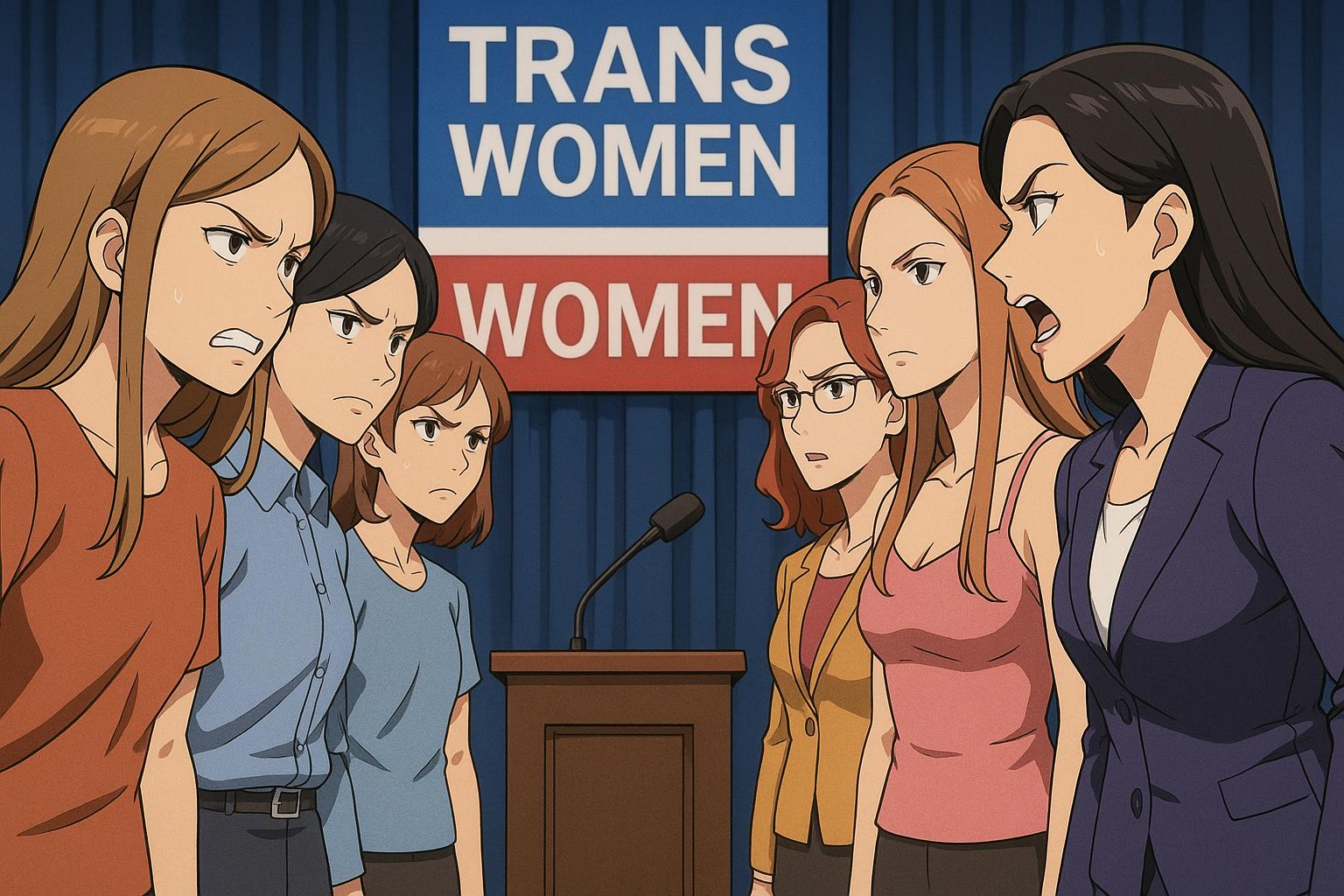Labour's recent decision to cancel its annual women's conference highlights the deep divisions within the party regarding the rights of transgender individuals and the implications of a recent UK Supreme Court ruling. The ruling, which defined 'woman' strictly as a biological female under the 2010 Equality Act, has prompted significant debate and controversy, forcing the Labour Party to reassess its policies.
The Supreme Court ruling, announced on April 16, 2025, marked a watershed moment in the discourse surrounding gender identity in the UK. It arose from a legal battle between the feminist group For Women Scotland and the Scottish government, which previously adopted a more inclusive interpretation of representation on public boards. This judicial clarification has significant ramifications for transgender rights, as it allows organisations to legally exclude transgender women from female-designated spaces if deemed appropriate, raising concerns among trans advocates about potential discrimination and vulnerability.
In the wake of the ruling, Labour Party discussions unfolded with increasing urgency. Facing internal pressures from both women’s rights activists and transgender advocates, the party's National Executive Committee (NEC) opted to reformulate its policies aimed at promoting women's participation in politics, now restricting eligibility to those born biologically female. A Labour spokesperson stated, “Labour must ensure all party procedures comply with the Supreme Court's clear ruling,” reinforcing the party's obligation to adhere to legal standards. However, this shift has ignited backlash from different factions within the party.
The Labour Women’s Declaration applauded the party for aligning with the court’s guidance but expressed dismay over the cancellation of the conference, describing it as "ridiculous and unnecessary." They argue that the conference cancellation removes a vital space for women to engage in political discourse and diminish their representation.
The NEC's decision to postpone the conference was rooted not only in legal prudence but also in concerns about the potential for protests and heightened security risks. Background documents warned of the substantial risk of direct and indirect discrimination claims if the event proceeded under its current format. Consequently, the absence of a conference looms as a setback for women's activism within the party, which traditionally has served as a platform for discussing strategies to combat gender inequality.
Labour has faced growing scrutiny over its stance on trans rights, particularly from MPs who now openly advocate for self-identification laws for transgender individuals, indicating a significant schism within the party. Despite the leadership's alignment with the ruling, voices like Cat Arnold from the NEC have publicly declared their support for trans rights, underscoring the internal conflict. Arnold stated, “Trans women are women and trans rights are human rights,” reaffirming a commitment to inclusivity that stands in contrast to the recent policy changes.
Outside of party politics, the Supreme Court ruling has broader implications for the international discourse surrounding gender identity. With increasing pressure from women’s rights groups claiming biological definitions should prevail, the ruling could have a ripple effect, influencing legal interpretations in other jurisdictions, including the United States, where discussions around gender and sex-based protections are similarly contentious.
As Labour navigates these tumultuous waters, the party must confront the realities of its divided membership and the broader societal implications of these legal definitions. The cancellation of the women's conference may be viewed as a retreat from an opportunity for dialogue and solidarity among women, leaving many in the party pondering the future of women’s rights alongside the recognition of transgender identities.
The Labour party's grappling with the implications of the Supreme Court ruling is not just a matter of legal compliance; it reflects the complex interplay of feminism and transgender rights, leaving both groups questioning how best to advocate for their respective rights in an increasingly polarised environment.
Reference Map
- Paragraph 1: Sources 1, 3, 4
- Paragraph 2: Sources 2, 5
- Paragraph 3: Sources 1, 6
- Paragraph 4: Sources 1, 3
- Paragraph 5: Sources 2, 5
- Paragraph 6: Sources 2, 4
- Paragraph 7: Sources 1, 6
- Paragraph 8: Sources 3, 4
- Paragraph 9: Sources 6, 7
Source: Noah Wire Services
